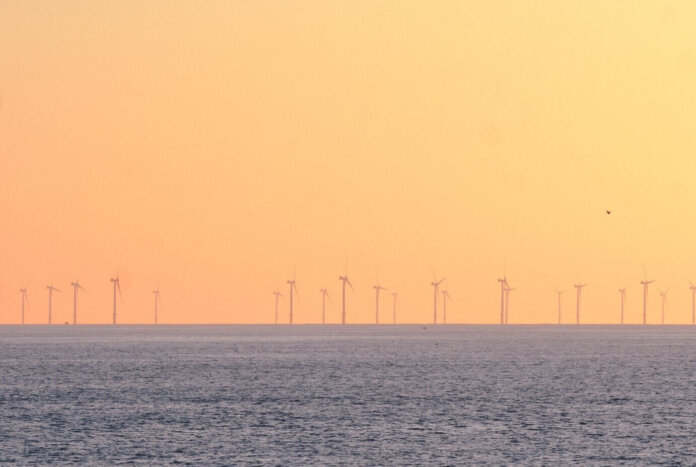As part of the Bureau of Ocean Energy Management’s (BOEM) commitment to acquire and use the best available information and knowledge in its decision-making, BOEM is improving its processes for identifying future offshore wind energy sites. The bureau will apply these changes to ongoing planning efforts in the Gulf of Mexico, Central Atlantic and Gulf of Maine, and off the Oregon coast.
In response to feedback from BOEM’s government partners and other stakeholders, the agency has made improvements in the areas of science and modeling.
BOEM uses rigorous scientific data and research to inform decisions regarding renewable energy planning, leasing and development efforts on the U.S. Outer Continental Shelf (OCS).
BOEM also consults with ocean users to select the best available science and modeling approaches and will continue to use the latest scientific data to identify areas on the U.S. OCS with the fewest environmental impacts and least conflicts, while still being technically and economically feasible for potential wind projects.
For example, BOEM is collaborating with the National Oceanic and Atmospheric Administration’s (NOAA) National Centers for Coastal Ocean Science (NCCOS) to employ a spatial model that analyzes entire marine ecosystems to identify the best areas for wind energy sites in the Gulf of Mexico, Central Atlantic and Gulf of Maine, and offshore Oregon. This ocean planning tool will help inform BOEM’s draft Wind Energy Areas (WEAs), which will be available for public review and comment prior to final WEA designations. BOEM and NOAA recently collaborated to use the NCCOS tool to identify draft WEAs in the Gulf of Mexico.
Throughout the offshore wind planning process, BOEM works with federal, state, local and Tribal partners, as well as stakeholders and ocean users, to gather information, data and traditional knowledge to help identify WEAs on the U.S. OCS that appear most suitable for commercial wind energy activities and have the fewest apparent environmental and user conflicts.
As previously done in the Gulf of Mexico, BOEM will release draft WEAs for public review and comment prior to designating final WEAs in the Central Atlantic and Gulf of Maine and offshore Oregon. This update to BOEM’s offshore wind planning process not only provides stakeholders additional opportunities to contribute meaningful insight, but it also creates a more transparent and inclusive process to identify WEAs. BOEM is also improving visibility into how the agency balances and evaluates the multiples uses and resources of the U.S. OCS. For example, BOEM has shared the analysis and rationale used to develop recommendations for the draft WEAs in the Gulf of Mexico on BOEM’s webpage, a practice it will continue for other areas.
Image: Theodor Vasile on Unsplash




